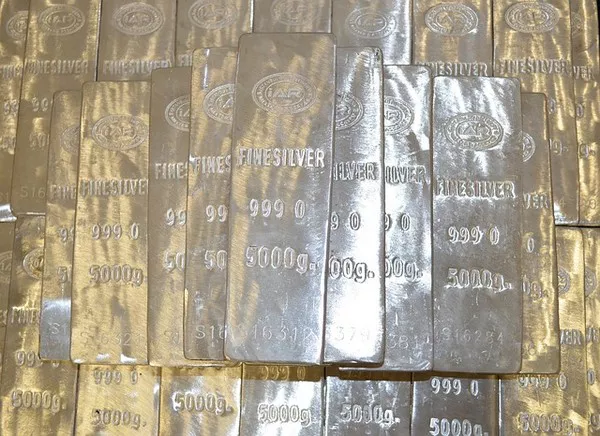Silver, a precious metal cherished for its beauty and industrial utility, has captivated humanity for centuries. While it plays a significant role in jewelry and investment, silver’s importance extends to various industries, including electronics, photography, and renewable energy. Understanding where silver is found can provide insights into global mining practices, economic trends, and the future of this valuable resource.
Major Silver-Producing Countries
The production of silver is not confined to one region; rather, it is a global endeavor. The leading silver-producing countries boast substantial reserves and advanced mining infrastructures. Here’s a closer look at these nations:
1. Mexico
Mexico is the world’s largest silver producer, accounting for approximately 25% of global output. The country is renowned for its rich deposits, particularly in regions such as Zacatecas, Durango, and Chihuahua. The Zacatecas region, often referred to as the “Silver State,” has been a historical hub for silver mining since the colonial era. Major mining companies like Fresnillo plc and Grupo México dominate the landscape, utilizing both underground and open-pit mining methods.
2. Peru
Following Mexico, Peru stands as the second-largest silver producer, contributing around 15% to the global supply. Key mining areas include the Andean regions of Puno, Arequipa, and Ancash, where the combination of high-altitude mines and significant silver deposits coexist. The country’s mining industry benefits from a rich geological history and the presence of large mining companies, such as Southern Copper Corporation and Buenaventura, which operate extensive silver-producing mines.
3. China
China ranks third in silver production, with about 14% of the global supply. The country’s silver mining is closely linked to its copper and lead production. Notable mining regions include Yunnan, Shaanxi, and Inner Mongolia. The Chinese government’s investment in mining infrastructure and technology has propelled its silver production capabilities, particularly in the context of increasing domestic demand for silver in various industries.
4. Russia
Russia also plays a significant role in the global silver market, producing roughly 8% of the world’s silver. Key silver mining regions include the Siberian and Far Eastern areas, with prominent mines like the Dukat and the Arestovskoye. Russia’s vast landmass and mineral-rich terrain make it an essential player in the silver supply chain, especially as it explores new mining technologies and environmental practices.
5. Australia
Australia rounds out the list of top silver-producing countries, contributing approximately 7% of global output. The country is rich in silver deposits, particularly in regions like New South Wales and Queensland. Australian mines, such as the Cannington mine and the Broken Hill mine, are renowned for their high-grade silver and lead deposits. Australian mining firms are known for their commitment to sustainable practices and innovation in extraction technologies.
Secondary Sources of Silver
Beyond primary silver mining, significant amounts of silver are produced as a byproduct of mining for other metals, especially gold, copper, and lead. This secondary production can sometimes account for a substantial portion of a country’s silver output. For instance, countries like Canada and the United States have significant silver production from byproducts in their gold and copper mines.
The Future of Silver Mining
As global demand for silver continues to rise, particularly in renewable energy technologies like solar panels and electric vehicles, the importance of sustainable mining practices becomes paramount. Silver mining operations must address environmental concerns, community impacts, and economic viability.
Sustainability in Silver Mining
The silver industry is increasingly adopting sustainable mining practices to mitigate environmental impacts. This includes the implementation of advanced extraction techniques that reduce water usage and minimize land disturbance. Companies are also exploring recycling initiatives, which can help to decrease the reliance on newly mined silver.
Exploration and Technological Advances
The search for new silver deposits is ongoing, driven by technological advancements in geological surveying and extraction methods. Emerging technologies, such as drone mapping and artificial intelligence, are revolutionizing the exploration process, allowing mining companies to identify potential silver deposits with greater accuracy and efficiency.
See Also Which Country Has The Best Quality Silver
Conclusion
Silver remains an essential commodity with a diverse range of applications, from jewelry and investment to industrial uses. The primary sources of silver production are concentrated in Mexico, Peru, China, Russia, and Australia, each contributing significantly to the global supply. As the demand for silver increases, especially in green technologies, the industry must navigate the challenges of sustainable mining and resource management. The future of silver mining holds promise, driven by technological innovation and an increasing awareness of environmental stewardship, ensuring that this precious metal continues to shine in a rapidly evolving world.


